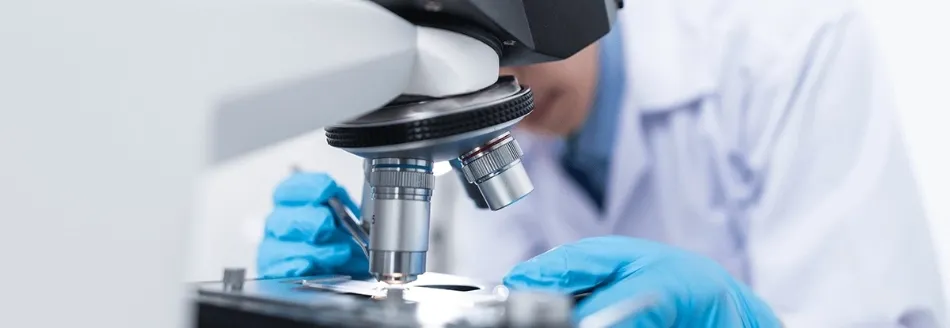Improve biosecurity with a risk management

From diagnosing diseases to pharmaceutical and scientific research, the handling of biological materials in laboratories or elsewhere is essential for many industries but doesn’t come without its dangers. Effective risk management of biohazardous materials means a reduced chance of accidents, less impact on the environment and a more efficient use of time and other resources.
SARS, pandemic viruses and threats of the malicious use of pathogens have all woken the world up to the risks of biological materials and the need for stringent, risk-proof ways of handling them. A biorisk management system is a key step towards that as it enables an organization to effectively identify, control and manage the biosafety or biosecurity risks related to its activities.
ISO 35001, Biorisk management for laboratories and other related organisations, is the first International Standard for a biorisk management system. It defines the requirements and guidance for laboratories or any other organization that works with biological agents to control and reduce any risks associated with their use.
Patty Olinger, Convenor of the working group that developed the standard, said that while there are a number of regional or national standards that help organizations manage their risks and meet regulatory requirements, ISO 35001 is the first that harmonizes them to deliver international best practice that is recognizable everywhere.
“ISO 35001 provides organizations and individuals with a roadmap of how to organize and systematically manage and structure their biological risk programmes,” she adds.
“This is increasingly important to protect our global public health infrastructure as our world becomes more and more integrated.”
ISO 35001 was developed by ISO technical committee ISO/TC 212, Clinical laboratory testing and in vitro diagnostic test systems. It is available through our e-shop.
